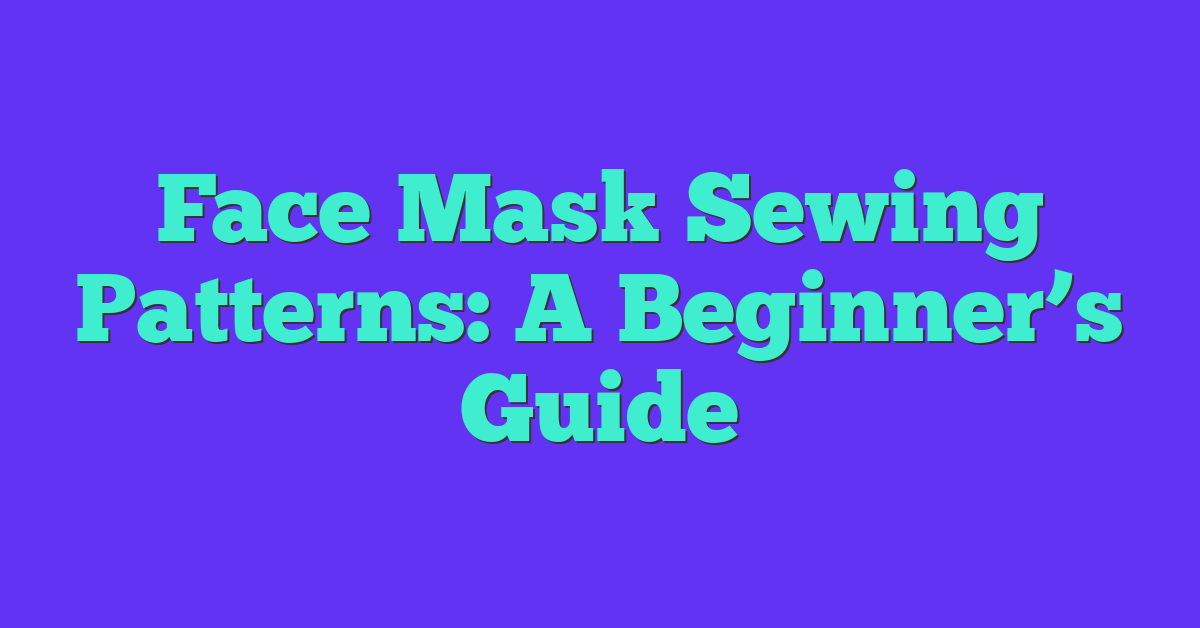As the world continues to grapple with the COVID-19 pandemic, the use of face masks has become a common practice to help prevent the spread of the virus. With the rising demand for face masks, many people have turned to making their own masks at home. One of the most popular ways to make a face mask is by sewing, and there are many face mask sewing patterns available online.
Understanding the Basics
Before diving into the world of face mask sewing patterns, it’s important to understand the basics. Face masks are designed to cover the nose and mouth to prevent the spread of respiratory droplets that can transmit the virus. They can be made from a variety of materials, including cotton, silk, and polyester. It’s important to note that homemade face masks are not a substitute for medical-grade masks, but they can provide some level of protection when used correctly.
Materials and Tools Needed
To sew a face mask, you will need a few basic materials and tools, including fabric, elastic or ties, a sewing machine, and thread. The type of fabric you choose will depend on your personal preference, but cotton is a popular choice due to its breathability and washability. Elastic or ties are used to secure the mask to your face, and a sewing machine will make the process much quicker and easier.
Key Takeaways
- Face masks are an important tool in preventing the spread of COVID-19.
- Homemade face masks can be made using a variety of materials and sewing patterns available online.
- Basic materials and tools needed to sew a face mask include fabric, elastic or ties, a sewing machine, and thread.
Understanding the Basics
Sewing a face mask is a great way to stay safe during the pandemic. With the right materials and a bit of practice, anyone can create a comfortable and effective mask. Here are some basics to keep in mind when making a fabric face mask.
First, it’s important to choose the right fabric. The Centers for Disease Control and Prevention recommends using tightly woven cotton, such as quilting cotton, for the best filtration. Avoid stretchy or sheer fabrics, as they may not provide enough protection.
Next, consider the design of your mask. There are many different patterns available, from simple rectangles to more complex shapes with pleats. Look for a pattern that fits your face well and provides enough coverage. You may need to adjust the pattern to fit your specific measurements.
When sewing your mask, be sure to follow proper PPE guidelines. This means washing your hands before and after handling the mask, and avoiding touching your face while wearing it. Remember that a cloth mask is not a substitute for social distancing, and you should still try to stay at least six feet away from others whenever possible.
With these basics in mind, you can create a comfortable and effective fabric face mask that will help keep you and those around you safe during the pandemic.
Materials and Tools Needed
Materials
To make a face mask, you will need a few basic materials. The most important material is the fabric. Cotton fabric is recommended for its breathability and ability to filter out particles. You can use a variety of cotton fabrics, including tea towels, t-shirts, or any other cotton fabric you have on hand.
In addition to the fabric, you will need elastic or fabric ties to secure the mask around your ears or head. Elastic can be a bit difficult to find these days, so fabric ties or ribbon are a great alternative. You can also use t-shirt fabric to create stretchy ties.
Lastly, you will need thread to sew the mask together. Make sure you choose a color that matches your fabric for a seamless look.
Tools
To make a face mask, you will need a few basic tools. The most important tool is a sewing machine. If you don’t have a sewing machine, you can sew the mask by hand, but it will take longer.
You will also need scissors to cut the fabric and elastic or ties to the correct length. A needle and thread can be used instead of a sewing machine, but it will take longer and may not be as secure.
If you have a Cricut or Silhouette cutting machine, you can use it to cut out the fabric pieces quickly and accurately. However, this is not necessary and can be done by hand.
In summary, to make a face mask, you will need:
- Cotton fabric
- Elastic or fabric ties
- Thread
- Sewing machine or needle and thread
- Scissors
- Cricut or Silhouette cutting machine (optional)
Types of Face Mask Sewing Patterns
When it comes to making face masks, there are a variety of sewing patterns available to choose from. Here are some of the most common types of face mask sewing patterns:
Easy Face Mask Patterns
If you’re new to sewing or just want a quick and simple face mask pattern, there are plenty of easy options available. These patterns typically use basic shapes and minimal sewing, making them perfect for beginners. Some easy face mask patterns include the Olson style mask and the 3D face mask.
Face Mask Patterns for Different Sizes
One size doesn’t fit all when it comes to face masks. Luckily, there are many face mask patterns available that can be adjusted to fit different sizes. Some patterns even include options for small children, children, and adults. For example, the Craft Passion and Polka Dot Chair websites offer face mask patterns in various sizes.
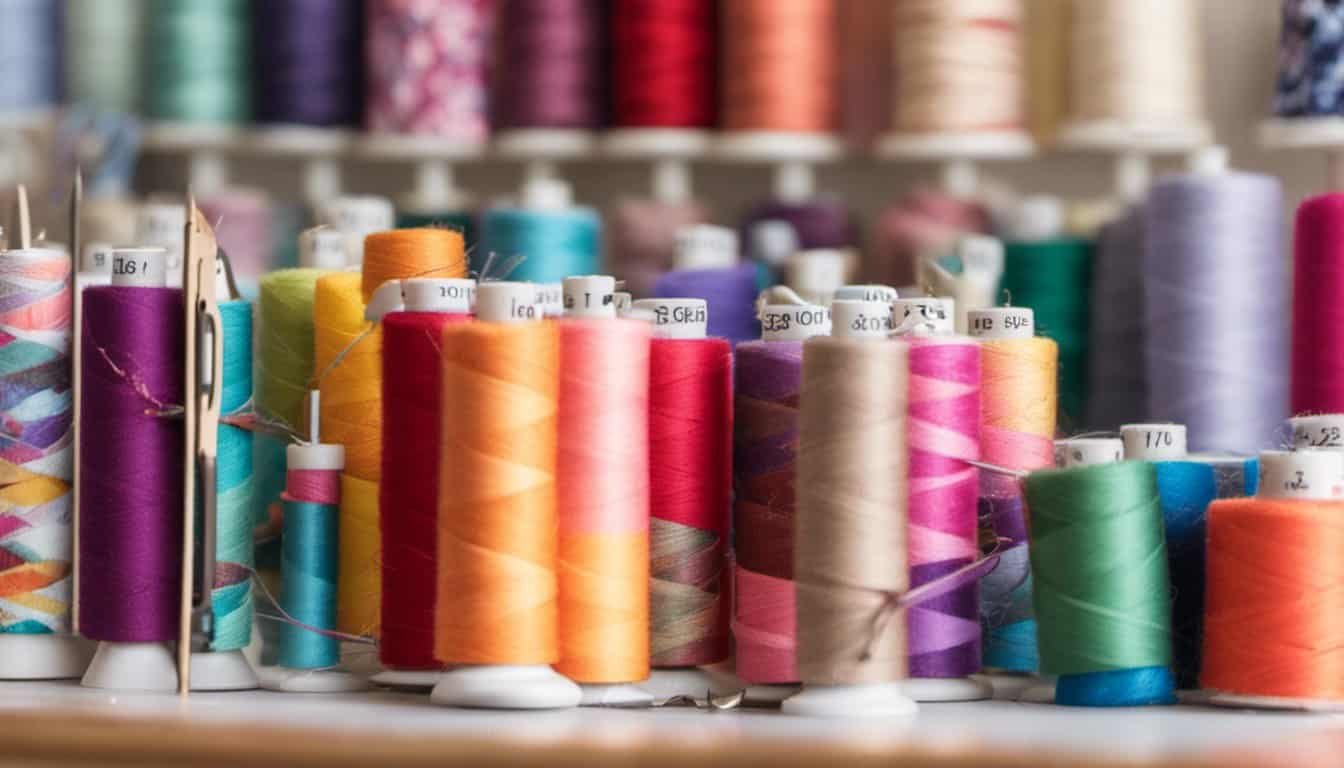
Specialty Face Mask Patterns
If you’re looking for a face mask with specific features, such as a window for lip reading or a pocket for a filter, there are specialty face mask patterns available. Some patterns even include instructions for adding adjustable ties or nose wires. The AllFreeSewing website offers a variety of specialty face mask patterns.
Face Mask Patterns with Specific Features
There are also face mask patterns available that have specific features, such as a scrub cap tutorial or a face mask with ties. These patterns can be useful for those in the medical field or those who want a more secure fit. The Polka Dot Chair website offers a scrub cap tutorial, while the Craft Passion website offers a face mask pattern with adjustable ties.
No-Sew Face Mask Patterns
If you don’t have access to a sewing machine or just prefer not to sew, there are also no-sew face mask patterns available. These patterns typically use materials like fabric glue or hair ties to create a face mask without any sewing required. The AllFreeSewing website offers a variety of no-sew face mask patterns.
With so many face mask sewing patterns available, it’s easy to find one that fits your needs and skill level. Whether you’re new to sewing or a seasoned pro, there’s a face mask pattern out there for you.
Step-by-Step Guide to Sewing a Face Mask
« Best Sewing Machine Finger Guards: Protect Your Fingers While Sewing
How Does a Serger Work: A Beginner’s Guide »
Sewing a face mask is a great way to protect yourself and others from the spread of germs and viruses. Here’s a step-by-step guide to help you sew your own face mask:
Materials Needed
Before we start, let’s gather the materials we need:
- Two pieces of cotton fabric, each measuring 9 inches by 6 inches
- Two pieces of elastic, each measuring 7 inches long
- A sewing machine
- Thread
- Scissors
- Pins
Sewing Instructions
First, take your two pieces of cotton fabric and place them right sides together. Pin them in place.
Sew along the long edges of the fabric with a straight line, leaving a 1/4 inch seam allowance. Be sure to backstitch at the beginning and end of the seam.
Turn the fabric right side out and press it flat.
Fold the fabric in half so that the shorter edges meet, with the right sides together. Pin in place.
Sew along the shorter edges with a straight line, again leaving a 1/4 inch seam allowance. Remember to backstitch at the beginning and end of the seam.
Turn the fabric right side out again and press it flat.
Take one piece of elastic and attach it to one of the shorter edges of the mask, using a zigzag stitch to secure it in place. Repeat on the other side with the other piece of elastic.
Fold the edges of the mask over by 1/2 inch and press them flat. Sew along the edges with a straight line to secure them in place.
And that’s it! Your face mask is now ready to wear. If you need a visual guide, you can find a picture tutorial online to help you through the process.
Adding Additional Features to Your Face Mask
As I’ve been sewing face masks, I’ve found that there are a few additional features that can make them even more effective and comfortable. Here are some ideas for adding extra features to your fabric mask.
Including a Filter Pocket
One way to increase the effectiveness of your mask is to add a pocket for a filter. This allows you to insert a disposable filter, such as a coffee filter or a piece of vacuum bag, to provide an extra layer of protection. To add a filter pocket, simply cut a piece of fabric slightly smaller than your mask, fold it in half, and sew it onto the inside of your mask along the top and bottom edges. Leave the sides open so you can insert your filter.
Adding a Nose Wire
A nose wire can help your mask fit more snugly and prevent glasses from fogging up. You can use a twist tie, a pipe cleaner, or even a piece of floral wire as your nose wire. To add a nose wire, sew a small pocket onto the top of your mask and insert your wire. You can adjust the wire to fit the shape of your nose.
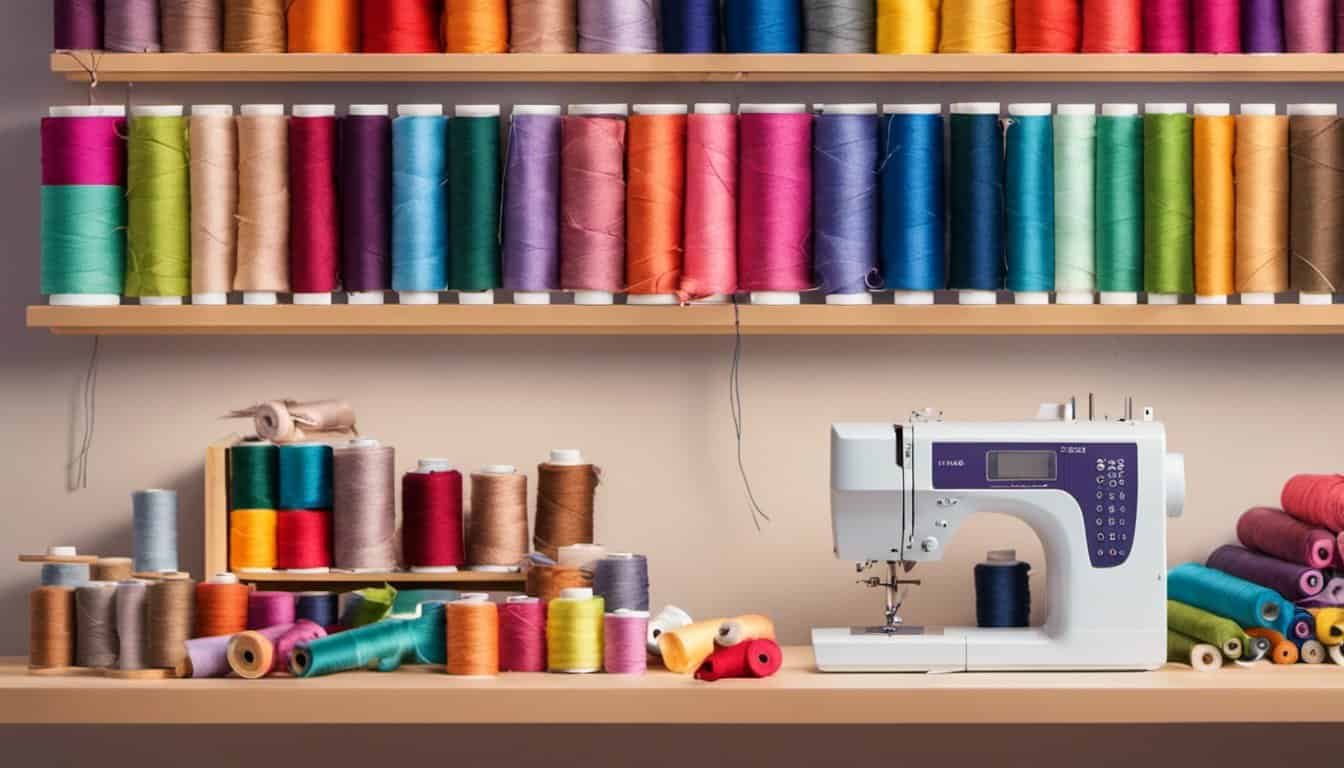
Making Your Face Mask More Comfortable
Wearing a mask for an extended period of time can be uncomfortable, but there are a few things you can do to make it more bearable. First, choose a soft, breathable fabric, such as cotton. You can also use a softer elastic or ties instead of ear loops. Another option is to add a chin dart to your mask, which will help it fit more snugly and prevent it from riding up.
In summary, adding a filter pocket, a nose wire, or making your mask more comfortable can all help increase the effectiveness and wearability of your fabric mask. Give these ideas a try and see what works best for you!
Caring for Your Handmade Face Mask
As someone who has spent time sewing their own face masks, it’s important to know how to care for them properly. Here are some tips on how to keep your handmade face mask clean and in good condition:
Washable Face Masks
If your mask is washable, it’s important to wash it after each use. Here’s how:
- Remove any filters or inserts from the mask.
- Wash the mask in hot water using your regular laundry detergent.
- Use the highest heat setting on your dryer to dry the mask completely.
It’s important to note that some fabrics may shrink or fade in the wash, so be sure to read the care instructions for your specific fabric before washing.
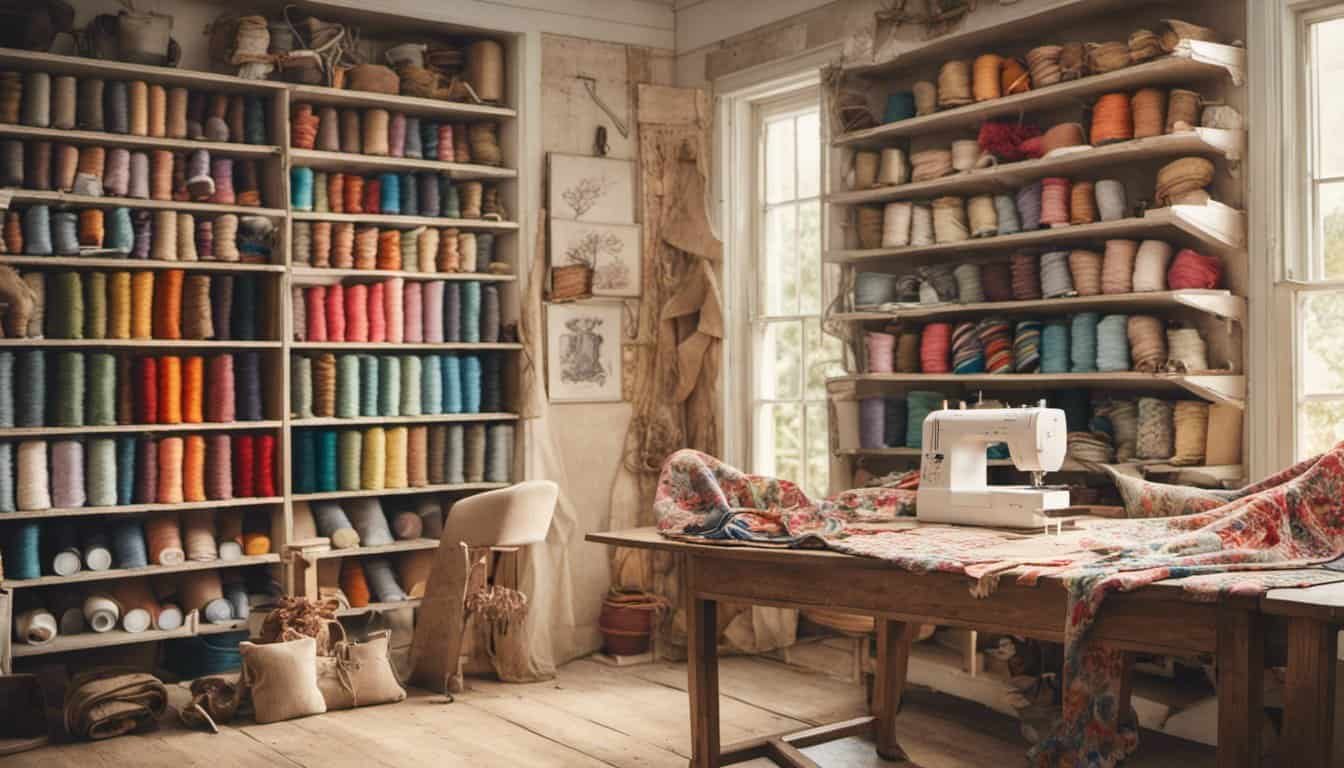
Reusable Face Masks
If your mask is reusable, it’s important to sanitize it after each use. Here’s how:
- Remove any filters or inserts from the mask.
- Place the mask in a plastic bag and seal it shut.
- Leave the bag in a warm, dry place for at least 72 hours.
- After 72 hours, remove the mask from the bag and wash it as directed for washable masks.
It’s important to note that some fabrics may not be suitable for this type of sanitizing, so be sure to read the care instructions for your specific fabric before attempting this method.
General Care Tips
Here are some additional tips to keep in mind when caring for your handmade face mask:
- Avoid touching the mask as much as possible while wearing it.
- Store the mask in a clean, dry place when not in use.
- Avoid sharing your mask with others.
- Replace filters or inserts as needed, according to the manufacturer’s instructions.
By following these tips, you can help keep your handmade face mask clean and in good condition, ensuring that it continues to provide you with the protection you need.
Donating Face Masks
As I was making face masks using the sewing patterns I found online, I realized that I could make a difference by donating them to hospitals and medical centers. This is a great way to contribute to the community and help health care workers stay safe while they are on the frontlines.
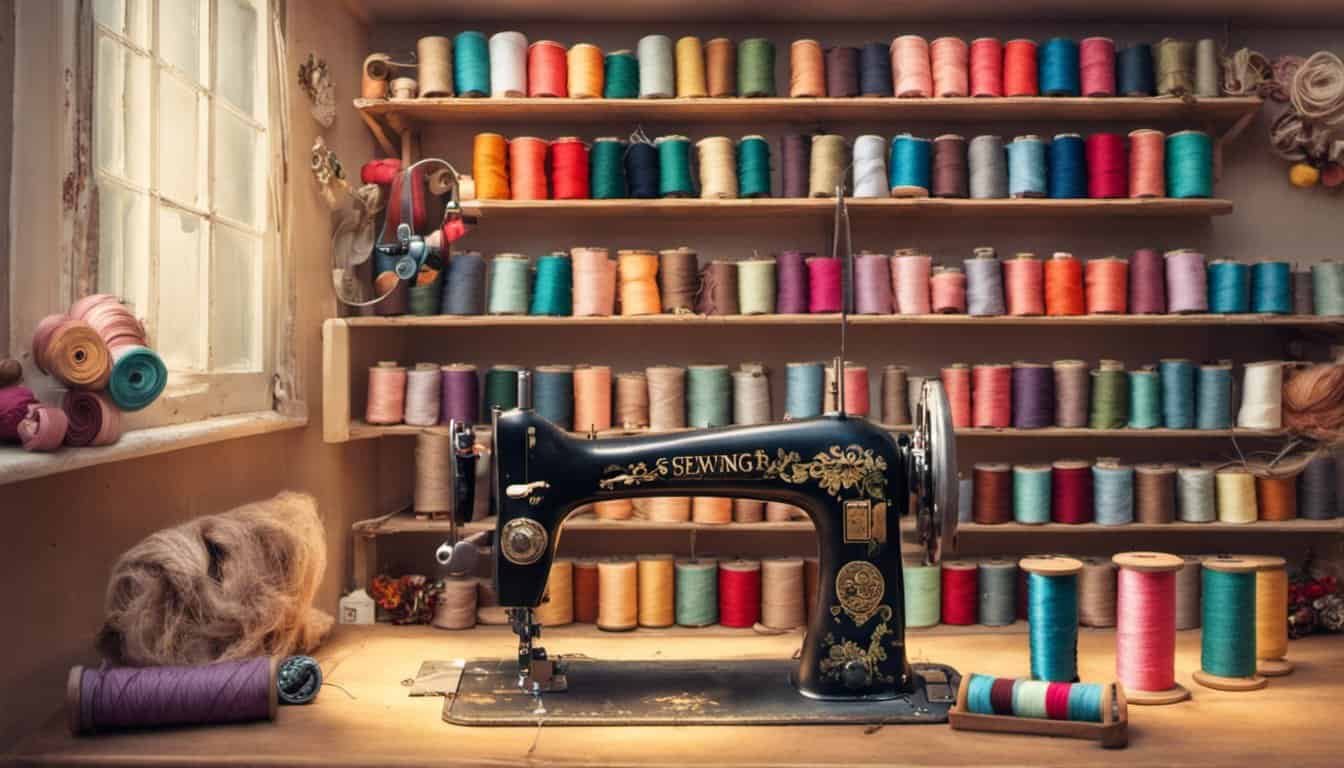
Many hospitals are accepting donations of face masks, and some have specific requirements for the type of masks they can accept. Before donating, it’s important to check with the hospital to ensure that the masks meet their standards.
When donating face masks, it’s also important to properly package them and follow any instructions provided by the hospital. Some hospitals may require that the masks be individually packaged, while others may prefer them to be packaged in bulk.
In addition to hospitals, there are other organizations that are accepting donations of face masks. These include medical centers, nursing homes, and other health care facilities. By donating face masks to these organizations, you can help protect vulnerable populations and support the efforts of health care workers.
Overall, donating face masks is a great way to make a difference in your community. By using the sewing patterns available online, you can create masks that meet the needs of hospitals and other health care facilities. So, if you have some extra time and materials, consider making and donating face masks to help keep our communities safe and healthy.
Face Masks and the Deaf Community
As a member of the deaf community, I understand the importance of face masks in today’s world. However, for those who are hard of hearing or deaf, face masks can present a unique challenge. Lip reading is a crucial part of communication for many in the deaf community, and face masks can make this difficult or impossible.

Fortunately, there are solutions available. One option is to use face masks with a clear window over the mouth area. This allows for lip reading while still providing protection from the spread of germs. Websites like Cricut offer tutorials on how to make these types of masks at home.
Another option is to use face masks with a design that includes a message or symbol indicating that the wearer is hard of hearing or deaf. This can help to prevent miscommunication and make it easier for others to understand the needs of the wearer. Websites like See Kate Sew offer free patterns for these types of masks.
It’s important to remember that face masks are a necessary tool in our fight against the spread of COVID-19, but we must also consider the needs of those in the deaf community. By utilizing these solutions, we can ensure that everyone has access to effective communication and protection.
Understanding Face Masks and Virus Transmission
As a seamstress, I wanted to understand more about the importance of face masks in preventing virus transmission. After doing some research, I found that the World Health Organization recommends wearing a face mask as a way to protect yourself and others from respiratory droplets that may contain the virus.
The virus that causes COVID-19 is primarily spread through respiratory droplets when an infected person talks, coughs, or sneezes. These droplets can land on surfaces or be breathed in by others. Wearing a face mask can help reduce the spread of these droplets and protect those around you.

Not all face masks are created equal, however. The N95 mask is the most effective at filtering out airborne particles, but it is in short supply and should be reserved for healthcare workers. Homemade fabric masks can also be effective if they are made with the right materials and worn properly.
It’s important to note that wearing a face mask is not a substitute for other preventative measures, such as social distancing and hand hygiene. But when used in conjunction with these measures, face masks can be an effective way to slow the spread of the virus.
In summary, understanding the importance of face masks in preventing virus transmission is crucial in our current climate. By following guidelines from the World Health Organization and using the right materials, we can all do our part to protect ourselves and those around us.
Additional Resources
If you’re looking for more face mask sewing patterns, there are plenty of resources available online. Here are a few that I’ve found helpful:
PDF Templates: Many websites offer downloadable PDF templates that you can print out and use to make your own masks. These templates often include instructions and measurements to help you create a mask that fits properly. Some great places to find PDF templates include Craft Passion and Made Everyday.
CDC Website: The Centers for Disease Control and Prevention (CDC) offers guidance on how to properly wear and care for face masks. They also provide information on how to make your own mask at home, including tips on choosing materials and ensuring a proper fit. Be sure to check out their website for the latest information.
Craft Passion: Craft Passion offers a variety of face mask patterns, including a no-sew option that uses a bandana and hair ties. They also have patterns for children’s masks and masks with a filter pocket. Their website includes step-by-step instructions and photos to help you create your own masks.
Made Everyday: Made Everyday has a variety of face mask patterns, including a simple pleated mask and a more fitted Olson mask. They also offer a tutorial on how to make a mask with a filter pocket. Their website includes detailed instructions and photos to guide you through the process.
Overall, there are plenty of resources available to help you create your own face masks at home. Whether you prefer a simple pleated mask or a more fitted Olson mask, there are patterns and instructions available to suit your needs. Just be sure to follow proper guidelines for wearing and caring for your masks to ensure their effectiveness.

Frequently Asked Questions
What are some popular printable face mask sewing patterns?
There are many popular face mask sewing patterns available online. Some of the popular ones include the Olson mask pattern, pleated mask pattern, and the fitted mask pattern. These patterns are available in different sizes and can be printed at home.
How do you design your own mask pattern?
Designing your own mask pattern requires some basic sewing skills and a few materials. You can use a piece of paper to draw the outline of the mask and then cut it out to use as a template. You can then use this template to cut out the fabric pieces for your mask. There are also many online tutorials that can guide you through the process of designing your own mask pattern.
Are there any eye mask patterns available for sewing?
Yes, there are many eye mask patterns available for sewing. These patterns are designed to fit over your eyes to block out light and help you sleep better. Some popular eye mask patterns include the simple eye mask pattern, the contoured eye mask pattern, and the sleep mask pattern.
What are some tips for making a face mask step by step?
When making a face mask, it is important to choose the right fabric and to follow the instructions carefully. Here are some tips for making a face mask step by step:
- Choose a fabric that is tightly woven and breathable, such as cotton.
- Wash and dry your fabric before cutting it out.
- Use a pattern to cut out your fabric pieces.
- Sew the fabric pieces together, leaving a small opening for the filter pocket.
- Insert the filter and sew the opening closed.
- Add elastic or ties to secure the mask to your face.
Where can I find free face mask patterns?
There are many websites that offer free face mask patterns, including Craft Passion, Sew Can She, and Threads Monthly. These patterns are available in different sizes and styles, and can be printed at home.
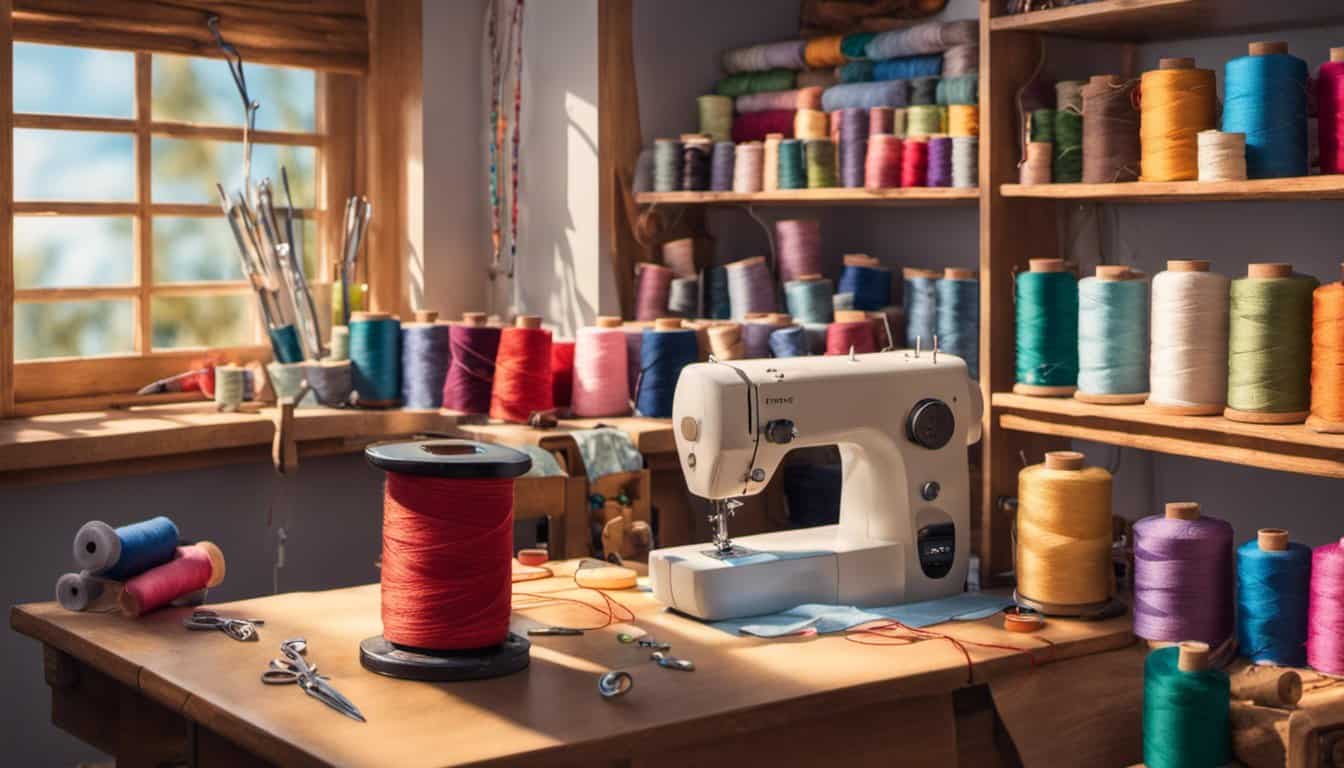
What are the standard measurements for a face mask pattern?
The standard measurements for a face mask pattern are approximately 9 inches by 6 inches. However, it is important to note that different patterns may have different measurements, so it is important to follow the instructions carefully.

